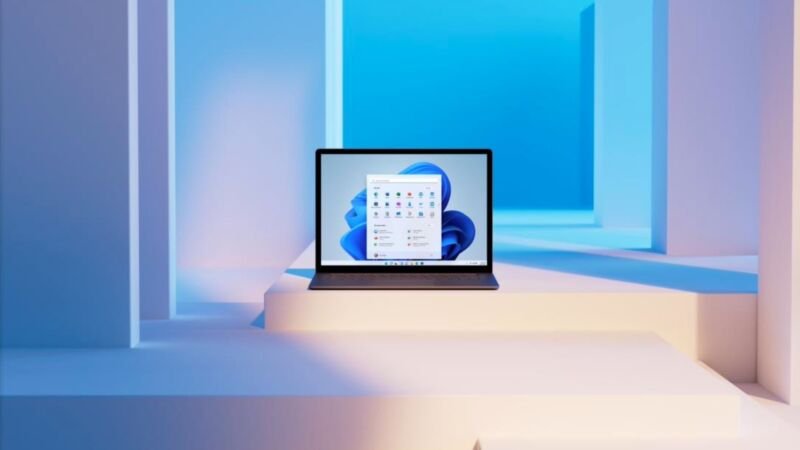But the time of Windows as a service is by no means over.
A report from Windows Central says that Microsoft wants to make another big change to the way it updates Windows. Microsoft doesn’t want to keep updating the same version of Windows for a long time like it did with Windows 10. Instead, it wants to go back to a schedule where it releases a new major version of Windows about every three years. This means that “Windows 12” could come out in the fall of 2024.
On the surface, this looks a lot like going back to how things were before Windows 10. Windows Vista came out in 2006. Windows 7 came out in 2009, Windows 8 in 2012, and Windows 10 in 2015. But the report says that Microsoft will keep improving the current version of Windows at a steady pace. New feature drops, which are called “Moments” inside Microsoft, are planned to happen about once a quarter. We’ve already seen a taste of this with Windows 11, which has changed steadily over the course of the year instead of saving all its big changes for the upcoming Windows 11 22H2 update.
When Windows 11 came out in October 2021, Microsoft said that major “feature update releases” would happen once a year in the second half of the year for both Windows 11 and Windows 10. This was already different from Windows 10, which got two of these updates per year. But Windows Central says that the 2023 feature update for Windows 11 has already been “scrapped,” which suggests that the model of big updates once a year might be going away for good.
No matter what the company has in mind, it’s not ready to tell the public about it yet. When we asked Microsoft for a comment, a company representative said, “We don’t comment on rumors or speculation.”
That doesn’t answer a lot of very important questions. If this change happens, will there still be a “23H2” release of Windows for figuring out how long it will take for Windows 11 to get updates? Will Windows 12 cost money to upgrade to like older versions of Windows, or will it be free like Windows 10 and Windows 11? What features, if any, will be kept across different major versions of Windows? What kinds of features are in “Moments,” and what kinds are saved for big updates?
There could be benefits to going back to more clearly defined Windows releases. It would give the company a chance to make bigger changes to the user interface or improvements under the hood, while also getting the extra user attention and media attention that comes with major updates. It’s also a chance to change system requirements so that any computer running Windows 12 has better hardware than one running Windows 11. However, this would mean that Windows 11’s already strict requirements would get even stricter.
For third-party developers and IT administrators, on the other hand, the current plan sounds like the worst of both worlds: a constantly changing current version of Windows that is always being tweaked, and a more fragmented install base with large groups of users running one of three or four different Windows versions with different user interfaces and feature sets. IT admins could fall back on bad habits and skip less-desirable versions of Windows (like 8 or Vista) in favor of “good” known-quantity versions (like XP or 7), missing out on important new features and security upgrades in the process.
If Microsoft has more to say about how it plans to update Windows 10 or Windows 11 in the future, it might do so when the yearly feature updates for both operating systems come out later this year. Windows 11 22H2 has been worked on in the open through the Windows Insider testing channels, and there is already a lot of information about it. The company hasn’t said much about Windows 10 22H2, which may or may not add any features that users will notice to the OS, which is now the last-gen version.








